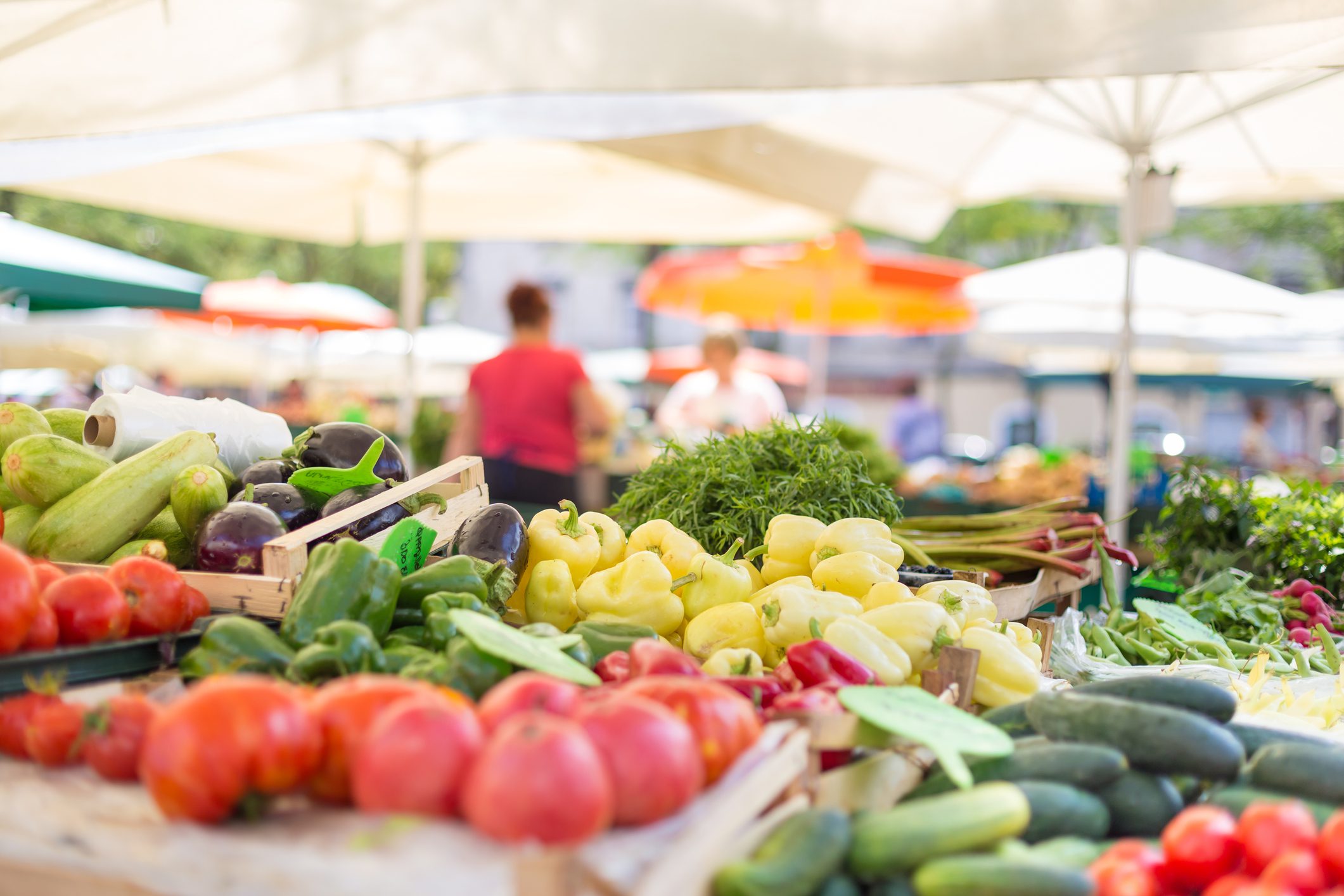Tips to Go Organic Without Breaking your Budget
Some think that they would eat organic food if only it did not cost too much. In today’s blog, let’s find out if it is possible for us to go organic without breaking our food budget.
Here are strategies that many organic food believers use – to stick to their food budget while successfully keeping the life-threatening chemicals from their daily diet at lowest level.
Tip #1: Know which are the fruits and vegetables you don’t need to buy organic. EWG or the Environmental Working Group issued the “Clean 15” that are conventionally grown fruits and vegetables but are generally low in pesticides. You can develop your recipes and weekly menu, using the fruits and vegetables below.
- Asparagus
- Avocado
- Mushrooms
- Cabbage
- Pineapple
- Kiwi
- Mango
- Onion
- Papaya
- Eggplant
- Sweet Potatoes
- Grapefruit
- Cantaloupe
- Sweet Corn
- Sweet Peas (frozen)
All of the above are in my grocery list on rotation. My weekly permanents are: avocado, mushrooms, onions, papaya. The others I buy alternately every other week. And then I add what I feel I should have in my diet that come from the “must buy organic list”.
Tip #2. Determine which are “must haves” for your weekly menus that you have to buy organic.
Below are the fruits and vegetables that have the highest pesticide levels, so they are best to buy organic.
- Apples
- Sweet Bell Peppers
- Cucumbers
- Celery
- Potatoes
- Grapes
- Cherry Tomatoes
- Summer Squash
- Nectarines (imported)
- Peaches
- Spinach
- Strawberries
- Hot Peppers
- Kale/Collard Greens
I like preparing soup meals for several reasons. You get almost everything you need in one dish: protein from whatever meat or fish you put into the soup; grains from the oatmeal that I add in it; green leafy vegetables could be either kale or spinach; celery if the protein is chicken; cherry tomatoes if you are using fish; potatoes or even sweet bell peppers. Add some flax seed – if you’re fighting your cholesterol level. The protein I can’t compromise, are the green leafies.
You can make a big batch and freeze the leftovers – thus saving on stove electricity or gas.
This week, I only choose the green leafies (Kale and Spinach) from the above “must buy organic”.
Tip#3. Try buying organic but cheaper cuts.
For example, some folks settle with chicken thighs ( but with Organic seal) in place of the supposedly healthier chicken breast (but produced from conventional farming).
Industrially-raised animals may be fed corn, grains, antibiotics, animal byproducts, growth hormones, pesticides and sewage sludge. These practices can have health consequences for both the animals themselves and for the people consuming their meat, eggs, or milk. A few dollars more spent on organic food will prove more economical than spending same dollars on doctors, chemotherapy, MRIs, and long hospital bills later – as a consequence of what you have fed your body for a cheaper cost.
Tip#4. Shop at farmers’ markets. Join a food co-op.
Local farmers sell their produce at a discount to grocery stores. Natural foods cooperatives offer lower prices to members who pay an annual fee to belong.
Tip#5. Buy produce in season.
They come out cheaper when in season. Find out when produce is delivered to your market so you’re buying the freshest food possible.
Tip#6. Join a Community Supported Agriculture (CSA) farm.
CSA’s create direct connections between producers and consumers through alternative markets and the members and farmers share the risk of farming. The goals of the first CSA model in the U.S. were to have the producer and consumer to come into the market as equals and make an exchange with fair prices and fair wages.
Tip#7. Orient yourself on where to shop for organic food.
Explore Trader Joe’s, Aldi, Walmart, Whole Foods, the Kiplinger website. The trick is getting the right food from the right store.
I have tried Aldi’s, Harris Teeter, Trader Joe’s. But I now stick with Walmart (especially during the Pandemic) because they have improved much with their inventory on organic products. Besides, after trial-and-error, I became comfortable with their system where their occasional shortcomings are quickly corrected by their efficient Customer Service General Help Phone Number.
Bearing the above strategies in mind, I have managed to go organic (ie., keep the chemical levels low in food I ingest) – at a reasonable price.
If you have other strategies that you know we can benefit from, shoot us an email and I’d be glad to feature your contribution here.
See y’all next week!
We acknowledge helpguide.org as the source of some informations used in this blog post. HelpGuide is a small independent nonprofit that runs one of the world’s top 10 mental health websites. Over 50 million people from all around the world turn to HelpGuide for trustworthy content to improve their mental health and make healthy changes. Authors I must mention are: Lawrence Robinson, Jeanne Segal, PhD., and Robert Segal, M.A. Thank you, HelpGuide!



